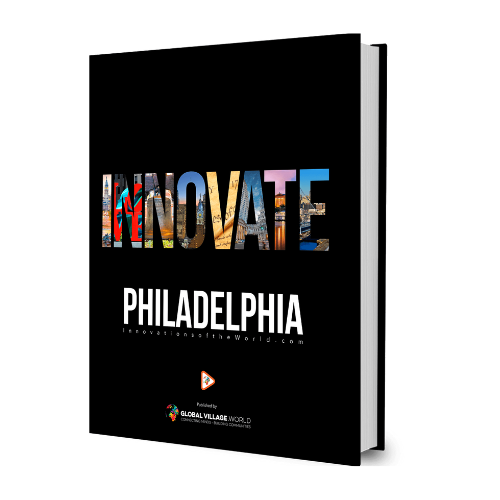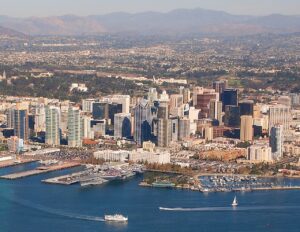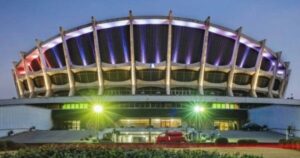Drexel University has a long history of innovation. From its founding in 1891, financier and philanthropist Anthony J. Drexel set out to create a school that would prepare young people for skilled jobs to meet the needs of the new industrial revolution.
, 
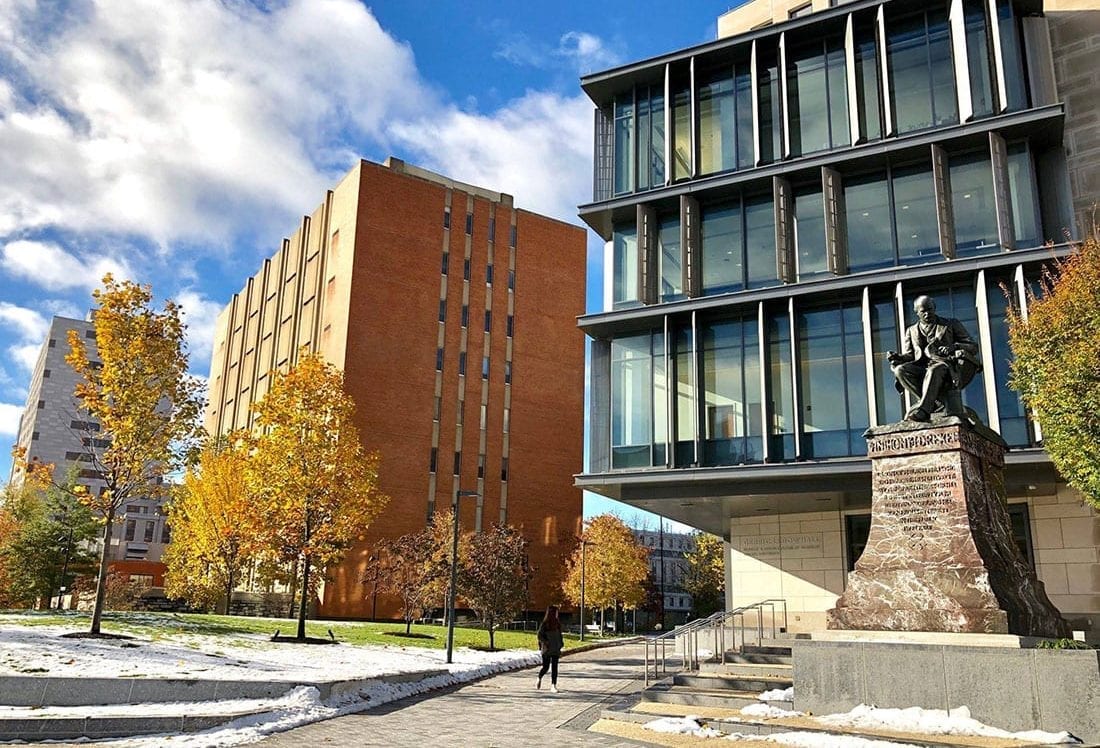
He was equally adamant that the Drexel Institute of Art, Science and Industry, as it was initially named, would be open to women and men of all races and creeds – a radical idea at the time considering women would not be allowed to vote for another 29 years and civil rights legislation was 75 years away. From there, the university has remained on the cutting edge. Two Drexel engineering students patented the barcode in 1952. This invention revolutionized inventory management and shipping for nearly every industry, paving the way for the rise of Amazon, FedEx, Walmart and many other innovative companies.
In the 1960s, alumnus Paul Baran developed technology for computer networking that became essential to the creation of the internet. Walter Golaski, an engineering graduate, was a developer of the first artificial blood vessel replacement. Also, David H. Geiger, an architect and engineering graduate, invented the air-support fabric roof system used in many dome stadiums today.
Drexel embraced the computer age in 1983, becoming the first university to require all entering students to have a microcomputer. By 2000, Drexel was the first major university to operate a fully wireless campus indoors and out. Two years later, the university became the first to offer a mobile web portal for students.
, 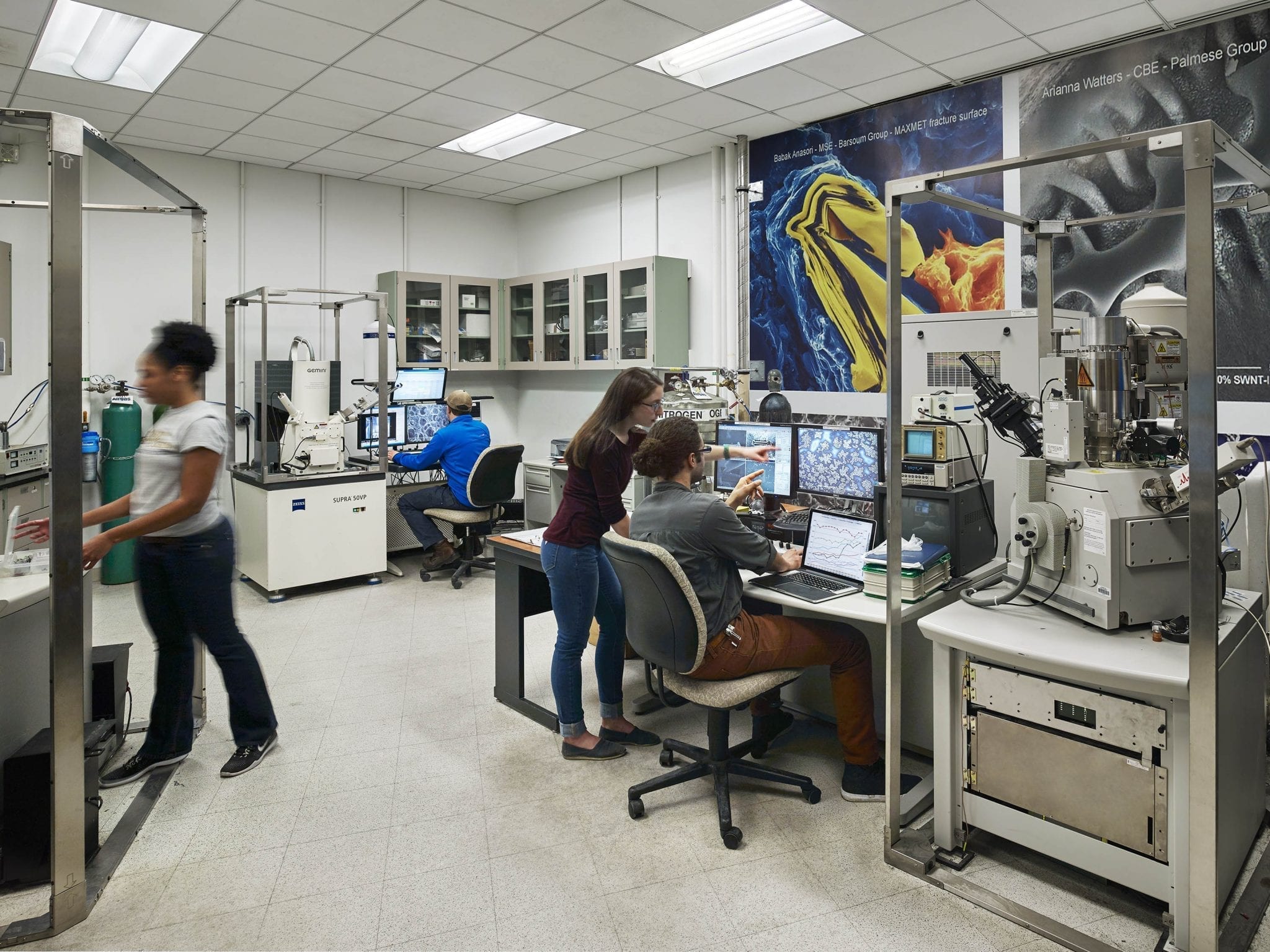
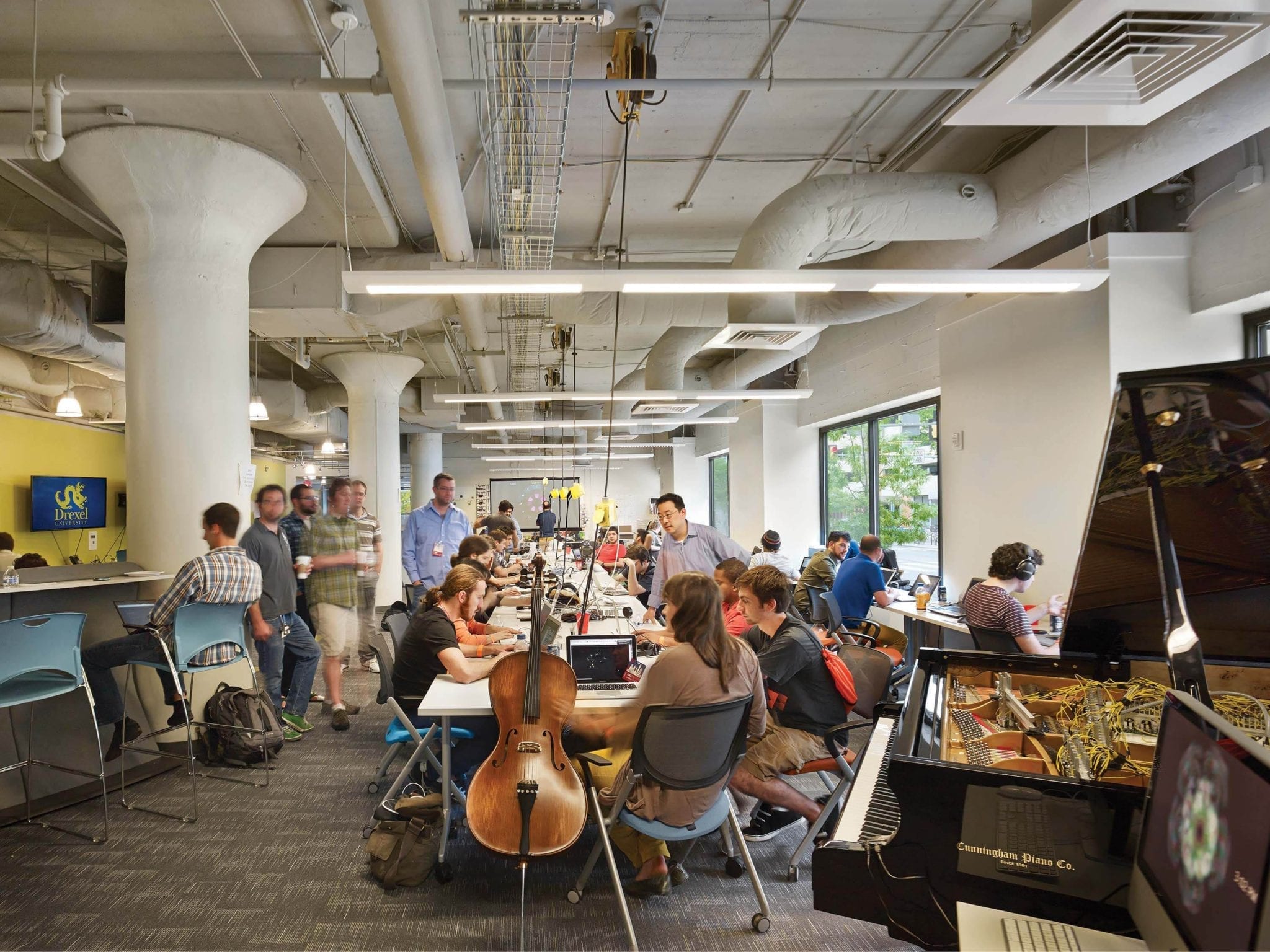
Drexel’s unique approach to education sets students up for future success. It is a comprehensive global research university ranked among the top 100 in the nation.
In September 2017, all incoming freshmen were the first in the country to receive a backpack with a fabric-based coding system that links to an app that can relay customized information to anyone who scans it. Drexel is the new home for the Pennsylvania Fabric Discovery Center, a collaboration with the Defense Department dedicated to commercializing functional fabrics that can see, hear, communicate and generate and store energy.
Such innovation is why U.S. News and World Report ranked Drexel 25th on the list of “Most Innovative Schools.” Drexel is also ranked 49th in the country for the most utility patents. Drexel’s Charles D. Close School of Entrepreneurship is the nation’s first freestanding school dedicated to teaching entrepreneurship.
As a world-class comprehensive research university, Drexel’s research activities result in more than $110 million in annual expenditures for sponsored projects. In 2013, the university created Drexel Ventures, which provides seed funding, incubation support, and technology transfer with the goal of spurring technological advancements with real-world applications.
In 2016, Drexel announced a partnership with Brandywine Realty Trust to create Schuylkill Yards, a $3.5 billion development of an “innovation neighborhood” on 14 acres in University City that will include classrooms, research laboratories, entrepreneurial space, corporate offices, hospitality venues, residential and retail space, and open public space. The ground was broken in November on a 1.3-acre public park at the corner of 30th and Market streets. The planned development over 20 years is expected to create a hub for innovation in the city and was recently featured in The New York Times.

As the university continues to evolve, it remains true to its core. The cornerstone of the university is its cooperative education program that offers students work experience – often paid – at leading companies like Amazon, Boeing, Comcast, and Vanguard. The co-op program will celebrate its 100th anniversary in 2019 and is more valued than ever before as it prepares students for successful careers in today’s fast-paced economy.
Co-op is one reason why banners fly on the Drexel campus emblazoned with the bold message, “Ambition Can’t Wait.”
*All photos by Halkin Mason Photography.

